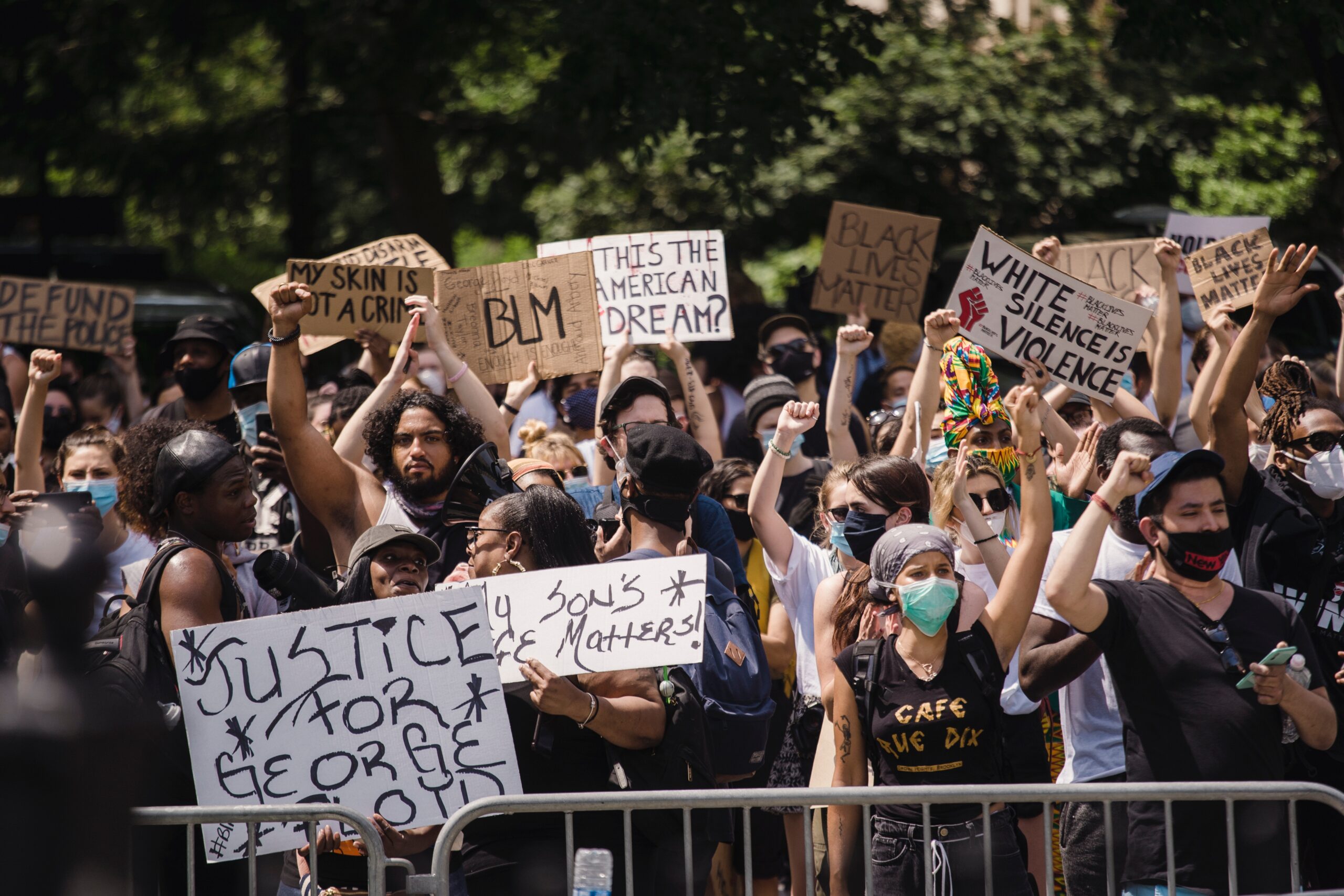Facial recognition technology is part of our daily lives, whether we are aware of it or not. We use it to unlock our phones, identify the people in our pictures, approve large bank transfers or even to detect who is outside our front doors. But facial recognition is also used by law enforcement agencies for surveillance purposes. Did you know that London ranks third in the list of most surveilled cities in the world, with almost 68 cameras per 1,000 people?
So what, you might ask. If the police use facial recognition to identify and catch bad guys, then what’s the problem? Keep reading to find out!
1. The technology is prone to error
Not all facial recognition softwares is made equal and some work better than others. In 2018, a study by the American Civil Liberties Union found that Amazon’s Rekognition software falsely identified 28 members of Congress as people who had been arrested for crimes. Furthermore, although the technology improves very quickly, it is still too easily thrown by variables such as camera angles, lighting and image quality.
2. Hidden bias
Reports have shown that facial recognition technology is particularly bad at recognizing African Americans and also tends to misidentify women and young people more frequently than white males. This can be a result of algorithms not being tested on a wide enough variety of faces and the often racially unequal composition of criminal databases. Consequently, the identification of people of color or women is less accurate, which in turn can lead to increased wrongful arrests or questionings.
3. Privacy implications
Facial recognition functions by scanning hundreds of thousands of faces, thereby processing sensitive personal data. This sits uneasily with the “right to privacy” under the European Convention on Human Rights (ECHR), and the provisions of the General Data Protection Regulation (GDPR) on data collection, usage, and storage. Often this is neither necessary nor proportionate and is done without knowledge or consent.
In light of this, there are three ways in which we can look at facial recognition:
a) It’s unfavourable and should be banned outright
b) It’s a useful tool and should be utilised
c) A balance should be struck
Curious to find out which approach your podcast host Annabel favors and why? She discusses the facial recognition technology in detail in the episode below. Go give it a listen!
The Wired Wig explains helps to plug in Digital and Technology Law into businesses. It explains technology concepts and informs business leaders and students how the Law could respond to innovation.
The podcast is available on Spotify, Google Podcasts, Apple Podcasts and other podcast providers found on Anchor.
